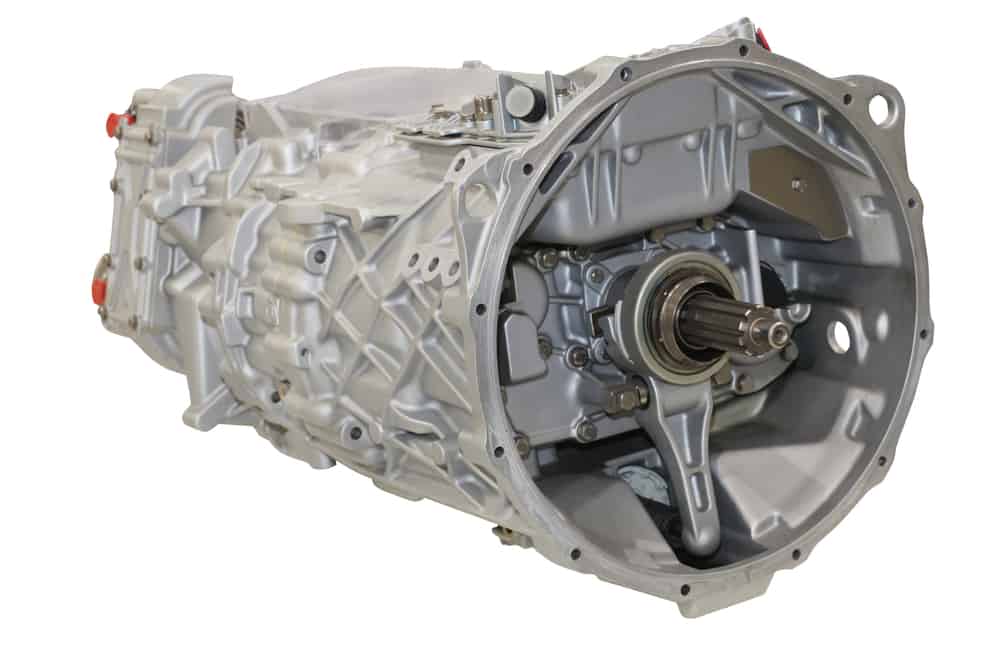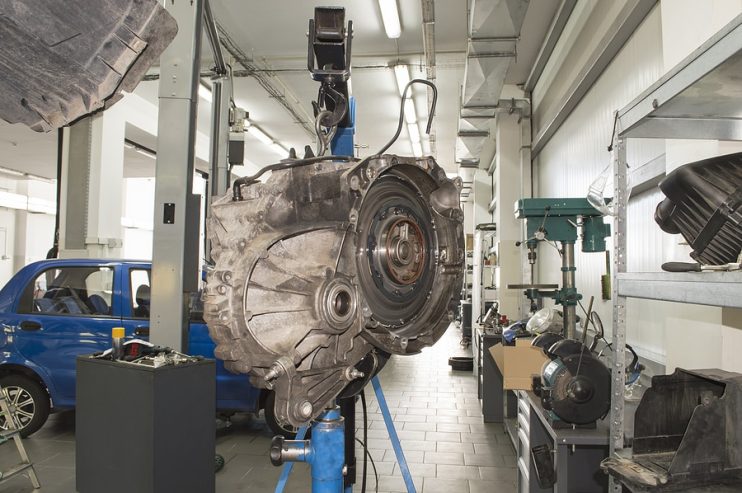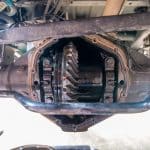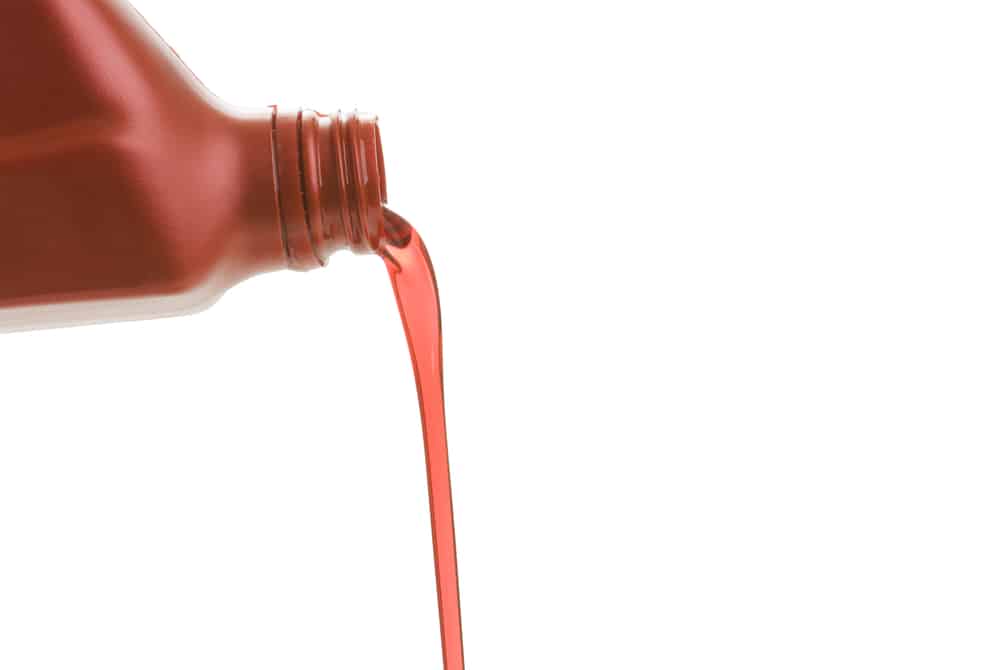
The gearbox is a vital part of all car engines. It allows the driver to change the ratio by which power is applied to the car’s driving axle in its simplest form. Over time the gears and the gear trains can become worn down by repeated stress and friction causing the box to malfunction and cause problems when selecting gear. Changing a gearbox is one of the more complex tasks that you can perform in your home garage, but with a little preparation and planning it can be completed in around a working day of eight hours.
Preparation
As with all mechanical work on your car you should only perform your gearbox change on a flat surface in a dry environment. Disconnect the car battery and make sure that you have enough light to see around and under the vehicle. With larger jobs such as changing your gearbox it is recommended that you ask a friend to assist you and help out should something go wrong.
Disconnection
First twist the top of the gearstick so that it comes off. If your car has a shifter trim plate or a console then this will also need to be removed. Disconnect any electrical wires that run to the gearbox and locate the driveshaft bolts. It is advised that you make a mark on the driveshaft to allow you to attach the new gearbox in the right place, and that you label all the wires with pieces of masking tape to help you with reattachment.
Transmission Fluid and Speedo
The next step is removing the bolts on the output shaft. This will require you to place a container underneath the extension housing in order to collect the transmission fluid that will leak out during this process. Disconnect the speedo cable together with any other parts that are still attached to the gearbox, and you are now almost ready for full removal.
Remove the Gearbox
Any gearbox will be a heavy, substantial item that will need to be supported as you remove it from your car. Place a car jack underneath the gearbox that can take the weight then unscrew the bolts that connect it to the engine and cross member. After you’ve disconnected the gearbox, you can then simply use the jack to wheel out the old box ready for disposal.

Installation
If you have followed the above instructions correctly you should now be ready to install the replacement gearbox. Place this on the jack when you have removed the old gearbox and carefully slide it underneath your vehicle so that it is in the right place for reconnection with the engine. Reattach the bolts that hold the gearbox to the engine and the cross member ensuring that these are as tight as possible.
Reconnection
This is where your labelling will pay off. Simply connect each of the wires into the correct place on the gearbox and ensure that the driveshaft is fixed the right place. This should be a quick and easy process if you have given each wire a clear and precise label. Top up the transmission fluid that you lost when removing the extension housing and take out from under the car.
Test Drive
Finally, when you have completed the whole process take your car for a test drive. If the gearbox is a completely new part then expect a little stiffness in the change at first. Make sure you only drive on little used roads at non-peak times to ensure that if you do have a problem with the gearbox you do not get caught in traffic or worse still, cause an accident.






.png)